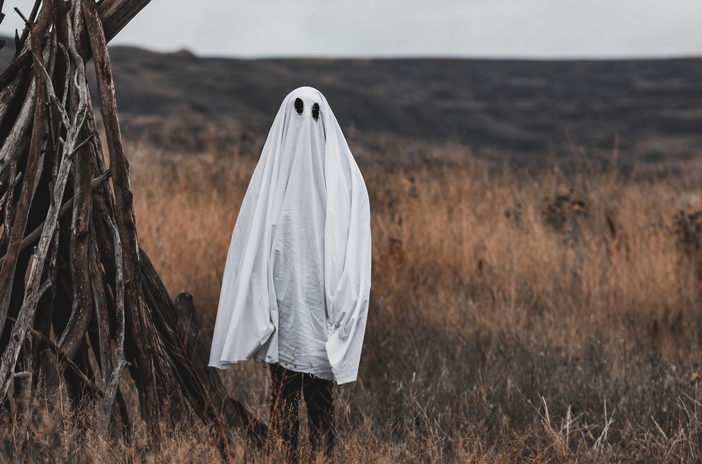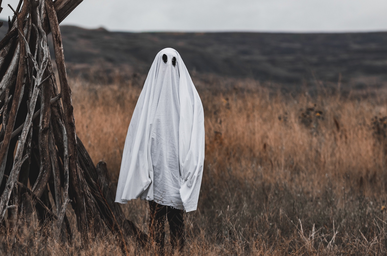If you are as acquainted with Mean Girls as I am, then you’ll be pretty familiar with Cady Heron’s famous line about Halloween being the “one night a year when a girl can dress like a total slut and no other girls can say anything about it.” While I do agree with this, how did slutty/sexy costumes become an indicator of how good your costume is? When did Halloween go from a holiday for little kids to dress up as their favorite characters and get sick off of all the candy they can carry to a holiday for young adults to wear the smallest version of their favorite costumes and be hungover in the morning?
Some say this is a story that dates back to the turn of the 20th century and others say that it originated solely in Greenwich Village, New York 47 years ago. Despite this disagreement, it was after WWII when we started to see traditional Halloween dress and activities so many of us are accustomed to. Little kids with sheets over their heads calling themselves ghosts, pillowcases filled with candy and carved pumpkins. It is important to keep in mind the climate of what was happening within the country politically. After WWII, the traditional suburban life we know today was established and there was a lot of value placed on family. This, of course, was paralleled in every aspect of society which is why when we think of the ‘50s, tradition and modesty are of the utmost importance when looking at fashion. This is why we see such traditional costumes before the mid-’60s.
With the onset of the sexual revolution throughout the ‘60s and ‘70s, more skin began to show in everyday wear, and this bled over into all aspects of society — even Halloween. This is where Cady Heron’s line comes into play. This was truly the one day a year anyone could dress how they wanted no matter how provocative and not much could be said about it.
One of the most showing events that turned Halloween into the day we know it as today was the 1973 Halloween Parade in Greenwich Village. This event was marketed as a friends and family event that would go door to door for celebration but eventually turned into an all-out party. Greenwich was considered to be the gay district of New York City and the event was quickly taken up by the gay community and drag became a large part of the holiday. The tradition of cross-dressing on Halloween is something that dates back centuries, but it was here that we modernly adopted it, commercialized it and turned it into the sexy day we think of it as today.
One prevalent issue that has come up throughout the years is the overt sexualization of women and how stereotypical many of the costumes are in terms of gender roles. This stereotyping can be seen from adult to children costumes and the issue with this sort of stereotyping from a young age is that it often boxes children, specifically little girls, into certain roles that later lead to the super sexy adult version as they get older. More recently this has not been as big of a concern since there has been a rise in the more comedic side of costumes where we will often see men dressed in schoolgirl costumes. However, this is not an excuse for the misrepresentation in the commercialized costumes meant for girls or boys.
In the end, I was actually less surprised than I thought I would be when researching the topic. It seems, that just like so many other things, the climate of politics is largely what contributes to the pop culture we grow up with and see transform throughout the years in the clothes we wear and the way we celebrate holidays.
Want to see more HCFSU? Be sure to like us on Facebook and follow us on Instagram, Twitter, TikTok, Youtube and Pinterest!



